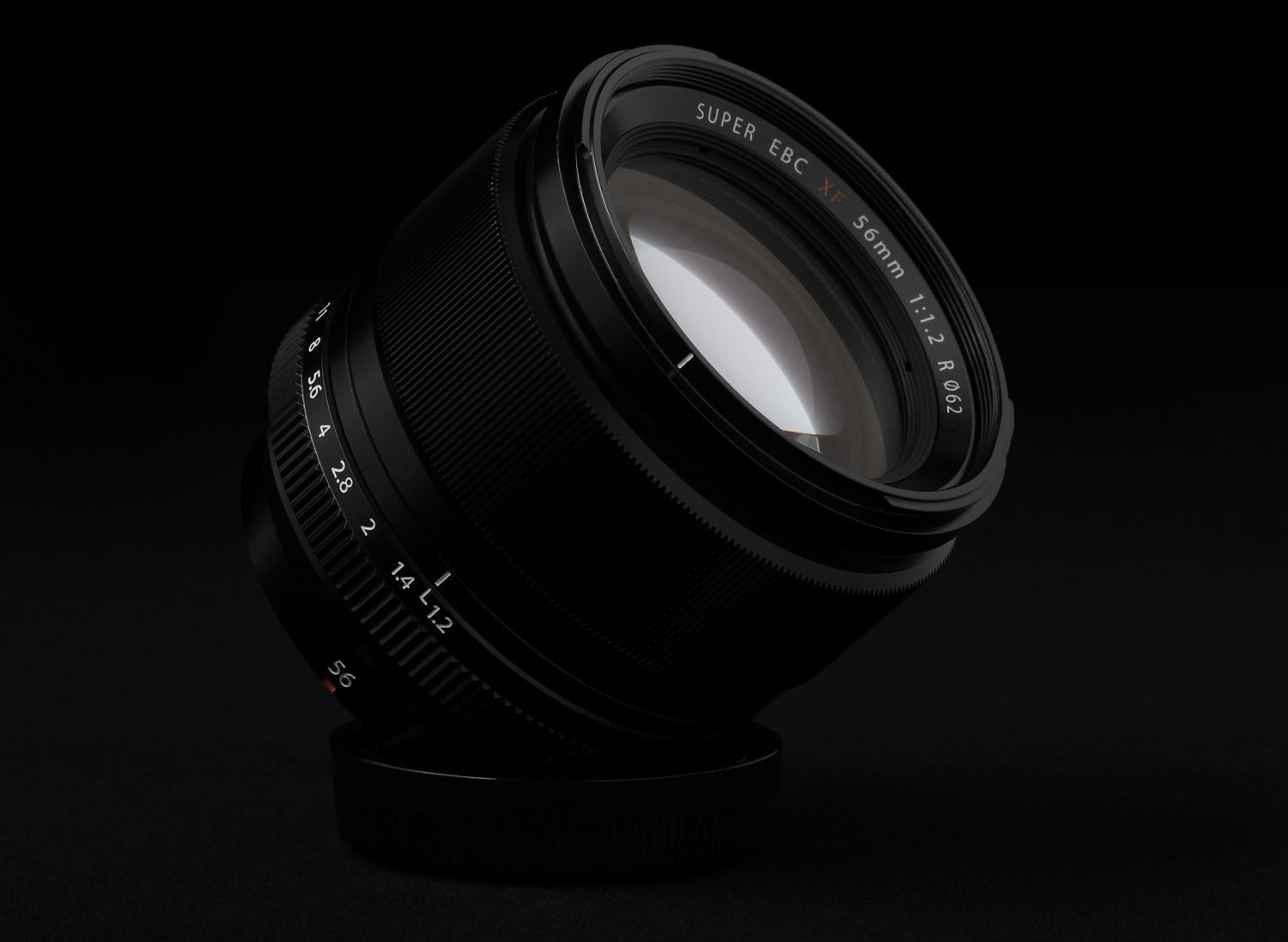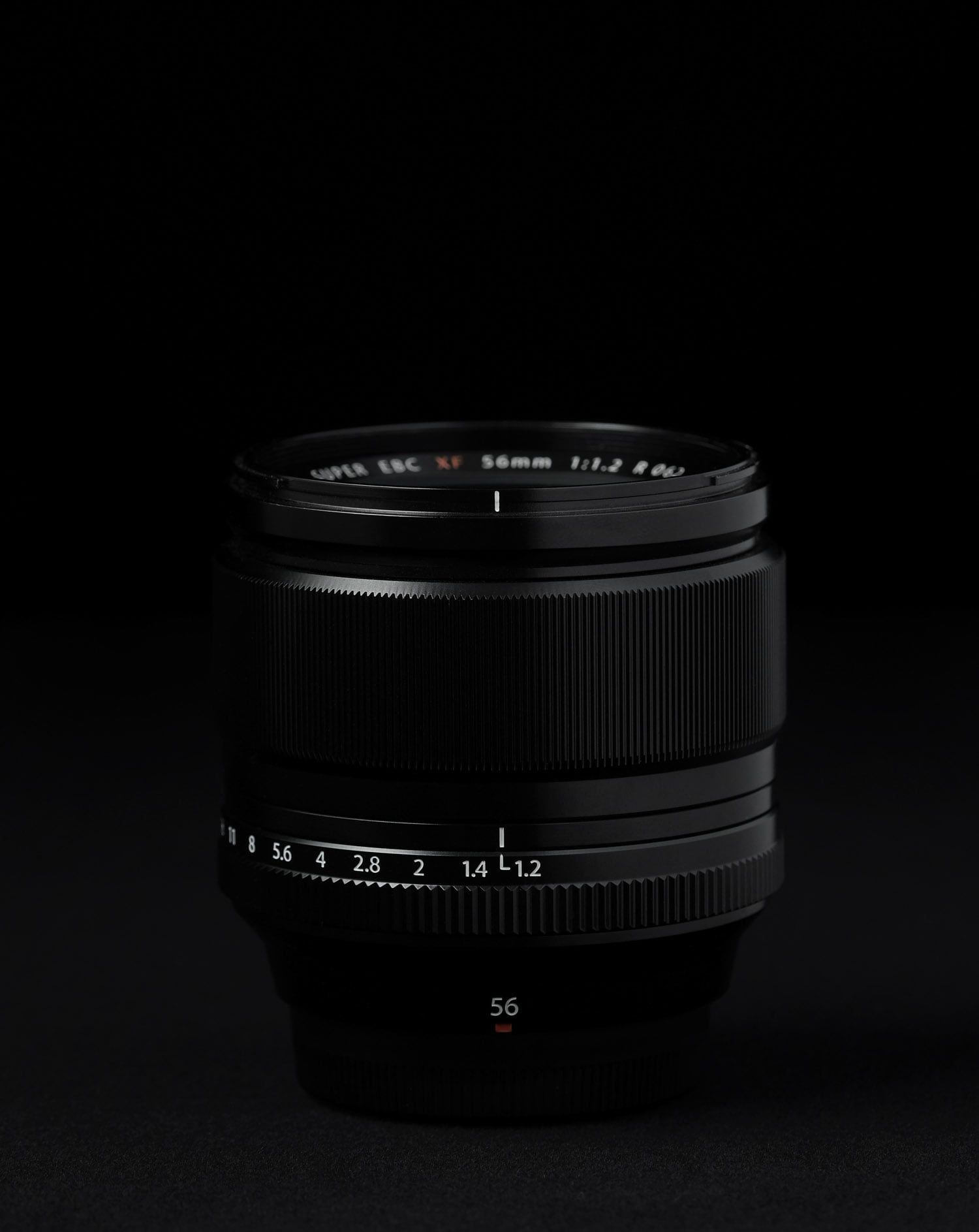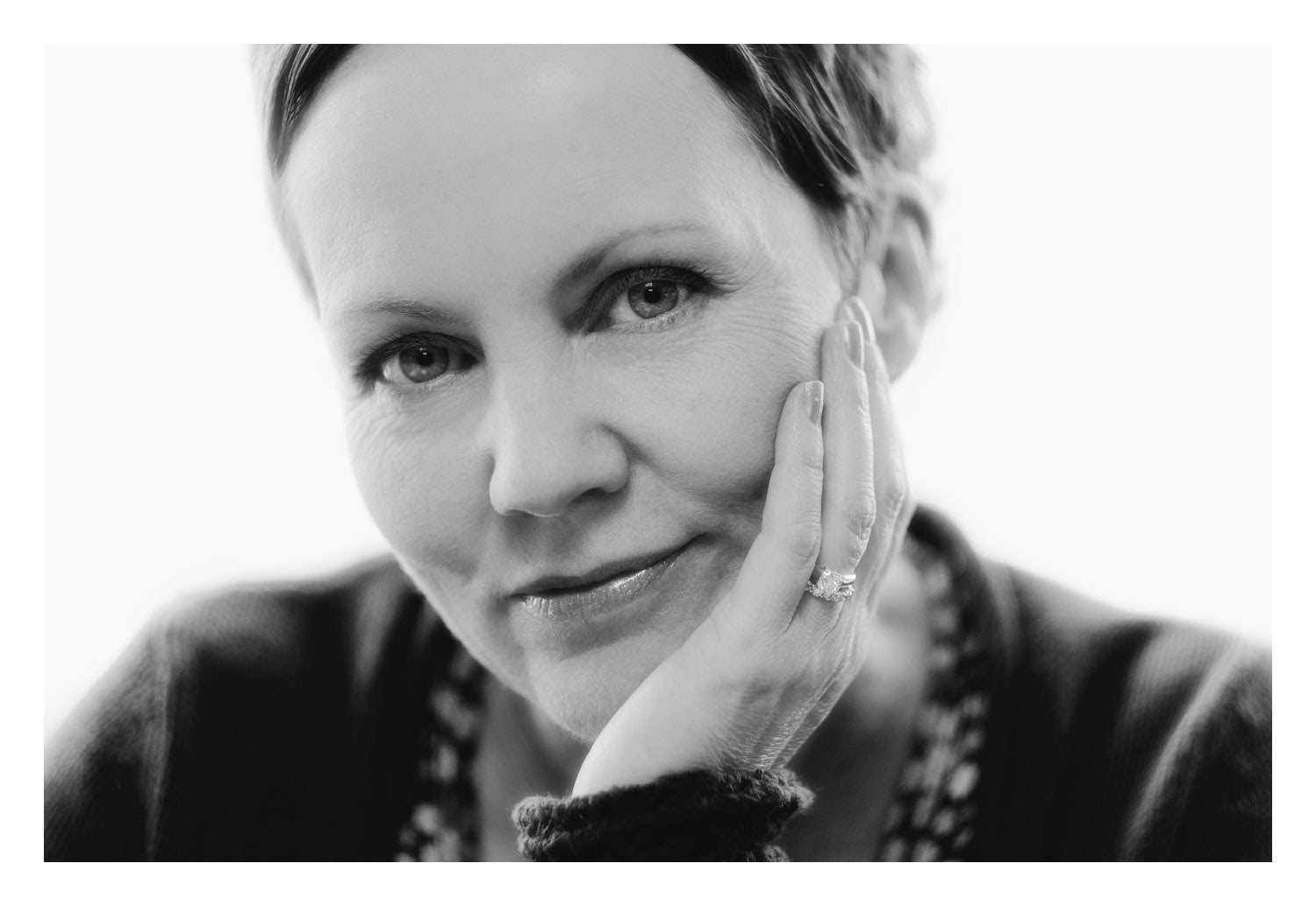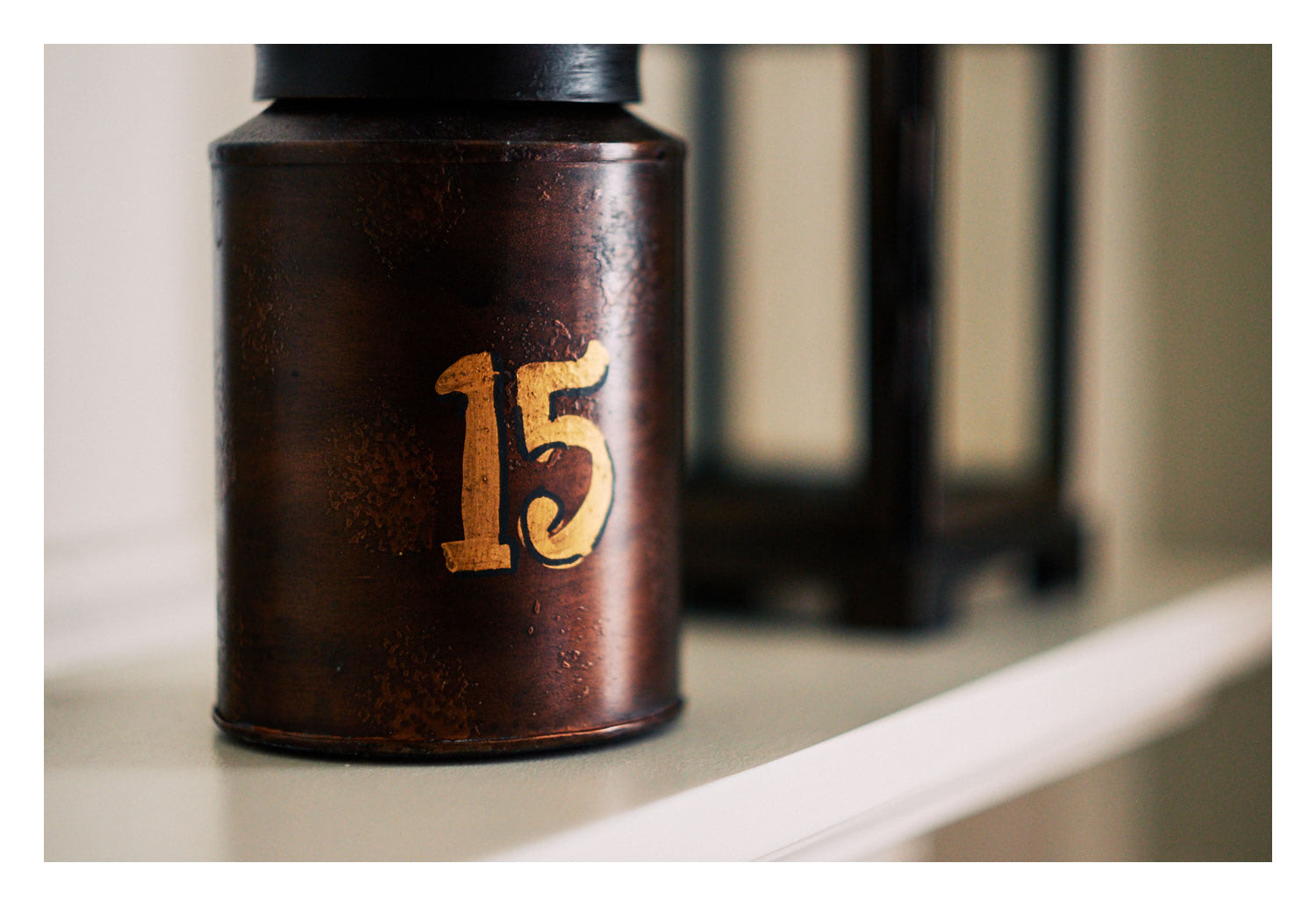Fuji vs. Fuji’s FUJINON XF 56mm F1.2 (APD) Review
Originally published: September, 2019
Introduction
Medium telephoto is a focal length Fujifilm has very well covered. Depending on your compression preferences, you can choose anywhere from 75mm to 135mm in 35mm equivalence, and have a bunch of options in between. The XF 56mm F1.2 (APD) sits between the XF 50mm F2 WR and XF 60mm F2.4 Macro at perhaps the most traditional focal length for portraiture, 85mm. It’s an important one to get right, and it’s not at all hard to argue Fuji succeeded.
Specifications | |
| Lens Construction | 11 elements in 8 groups (1 aspherical and 2 extra low dispersion elements) |
|---|---|
| Focal Length (35mm format equivalent) | 56mm (85mm) |
| Aperture Range | f/1.2 – f/16 in ⅓ stop increments |
| Aperture Type | 7 blades (rounded diaphragm opening) |
| Focus Range | Approximately 70cm - ∞ (infinity) |
| Maximum Magnification | 0.09× |
| External Dimensions | 73.2mm diameter × 69.7mm long |
| Weight | 397g 449g with caps and hood |
| Filter Size | ø62mm |
Features | |
| Weather Sealing (WR) | No |
| Optical Image Stabilization (OIS) | None |
| Focus Motor | DC Coreless |
| Push/Pull Clutch Manual Focus Ring | No |
| Nano GI Coating | No |
| Fluorine Coating | No |
Handling
Build Quality
In my early impressions of a pre-production copy of the XF 56mm F1.2, I may have gushed a bit too profusely about the build. It is excellent, but Fuji weren’t quite finished refining.
Size and Weight
Compared to lenses before it, the XF 56mm F1.2 is a serious hunk of glass. As primes go, it still has the most impressive front element. It’s a bit chunky, and feels substantial. While not exceptionally heavy, I’d still at least consider my choice of camera body with the XF 56mm F1.2.
Aperture and Focus Rings
Once again compared to lenses released before it, the aperture ring feels better, and great. The aperture ring on my early copy is comparatively looser than any of the newer F2WR lenses, but much tighter than Fuji’s earliest-released lenses.
Hood
It’s plastic and light, and just about doubles the length of the lens. It’s nowhere near as elegant or premium-feeling as the metal hood that ships with the XF 60mm F2.4 Macro, but it actually cuts flare, which is more important. I only deploy the hood in studio settings, personally, and work with the flare otherwise.
Lens Cap
It’s one of the old domed Fujifilm caps. They’re not bad, but they aren’t great either. I swapped mine out for a Nikon cap,→ which is almost as good as the new Fuji caps.
Autofocus
With a high-torque DC coreless motor, the autofocus on the XF 56mm F1.2 is quick, but jumpy, and not ideally-suited for video. On recent cameras you can expect pretty snappy focus, but less snappy than either of the Red Badge zooms that hit this focal length, or the smaller XF 50mm F2 WR.
Manual Focus
This is one area I wasn’t too effusive. The manual focus ring is buttery smooth, and pleasant to turn. No push/pull clutch focus like on the XF 23mm F1.4 here though.
Engraved Depth of Field Markings
None, sadly. I can sort of understand excluding these when lenses get much beyond 50mm equivalence, but it would have been a nice point of differentiation and consistency for Fuji’s larger aperture lenses to also feature depth of field markings along with a push/pull clutch focus mechanism for manual focus.
Image Quality
The XF 56mm F1.2 leaves little to be desired in the image quality department. Only one of the standard measures can really be complained about.
Sharpness
No issues here. For around 85mm, the XF 56mm F1.2 is without question the sharpest way to get there in Fujis lineup; no matter the aperture. And it reaches apertures no other lens can.
Bokeh
Bokeh is exceptional both in front and behind. Some rings around highlights is possible, but nothing extreme, and I find they are reduced even by stopping down to just F/1.4.
My tests of the APD found that the extra filter reduced this slightly in the background, and significantly in the foreground. If you like to “shoot through“ stuff for visual interest, the APD is worth considering.
Distortion
Virtually non-existant, and nothing to be concerned about.
Vignetting
The only potential complaint. Vignetting is heavy on the widest apertures. More often than not I don’t have an issue with this, and in situations when I want falloff to be minimal, I’ve stopped down to where it is minimal.
Flare
With a lens element this large—one of the most impressive of all X-mount lenses—you can expect some flare without the hood attached. As with other lenses like the XF 35mm F1.4, I love the flare this lens can produce. As mentioned above, the supplied hood does an excellent job of eliminating this.
Aberrations
Some longitudinal aberrations are present a wide apertures. This is to be expected with larger aperture lenses. I’ve seen much worse however. If this lens has chromatic aberrations, I have yet to find them.
Conclusion and Rating
The XF 56mm F1.2 is the best way to get to 85mm on a Fuji body, bar none. The question quickly becomes whether the price disparity compared to other primes near the focal length is worthwhile. You can save $250 moving to the XF 60mm F2.4 Macro, which can be a fantastic lens in its own right, albeit it slower in both aperture and autofocus speed. For less than half the price, you can lose less aperture, and gain autofocus performance and weather resistance with the XF 50mm F2 WR. What I’m seeing from the XF 50mm F2 WR so far is that it can’t keep pace with the XF 56mm F1.2 optically, and that’s to be expected.
Then there’s what happens if you pay some more. Another $600—which is a lot—and you can get an XF 50-140mm F2.8 OIS WR (Review). It’s definitely not as optically strong as the XF 56mm F1.2, but it is excellent, and offers a bunch more focal length.
Recommended, APD recommended for some
If you’d like to purchase the XF56mm F1.2, or anything else for that matter please consider using one of the affiliate links below. The price is the same for you, but a small percentage of the purchase price goes to me, which really helps keep this site going. Thank you.



































